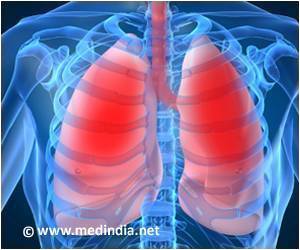Researchers have developed a mathematical model that provides the basis for the 3D images of how and where the CO2 and oxygen transfers take place.

‘Researchers from Aarhus University have developed a mathematical model that provides the basis for the 3D images of how and where the CO2 and oxygen transfers take place.’





For these patients, the latest research in the area may turn out to be the first step on the road to more effective forms of treatment. "We are the first to develop a new model for how you can see into the lungs. The model provides a kind of 3D map of how and where the CO2 and oxygen transfers take place," says engineer and PhD student Troels Johansen from the Department of Clinical Medicine at Aarhus University.Woking in collaboration with researchers from Harvard Medical School, Troels Johansen has developed a mathematical model as part of his PhD project that provides the basis for the 3D images, which in turn are developed from PET scans. The new method has just been published in an article in the scientific journal Respiratory Physiology & Neurobiology.
Images give better treatment
The new model can be used for different groups of patients: "For example, if we take cancer patients with a tumour in the lung, it will be easier to predict the consequences of removing part of the lung by surgery. It will also be easier for doctors to determine the COPD patients who will benefit from an operation and those who will not. We also believe that the new model will come to contribute with knowledge that can help patients in intensive care who are on a respirator," says Troels Johansen. "The new model is not only able to make it easier for doctors to foresee the consequences of high-risk lung operations. It will also contribute new basic knowledge about the crucial oxygen and CO2 transfer in both healthy and diseased lungs," says Troels Johansen.
Source-Eurekalert








